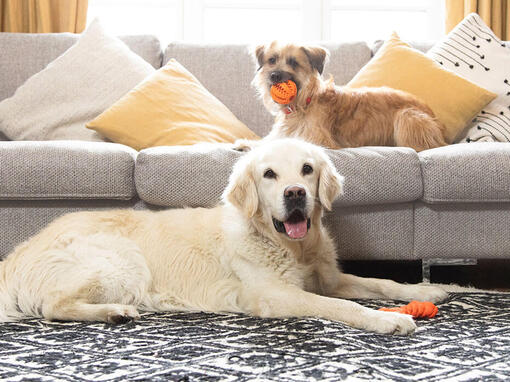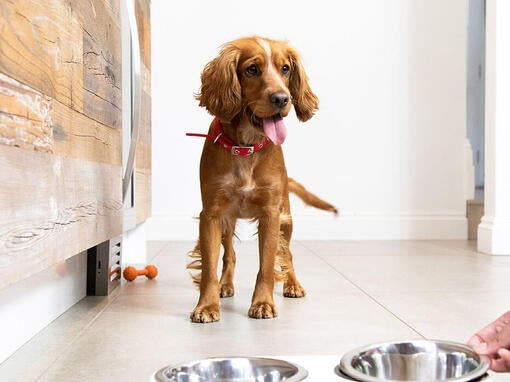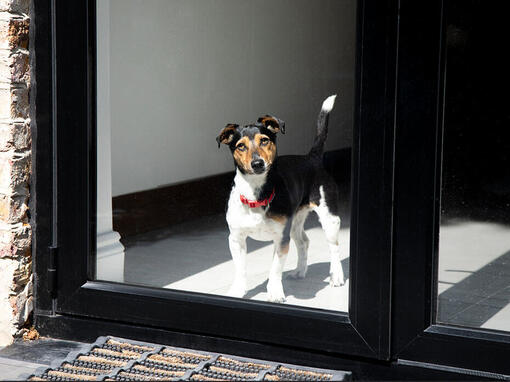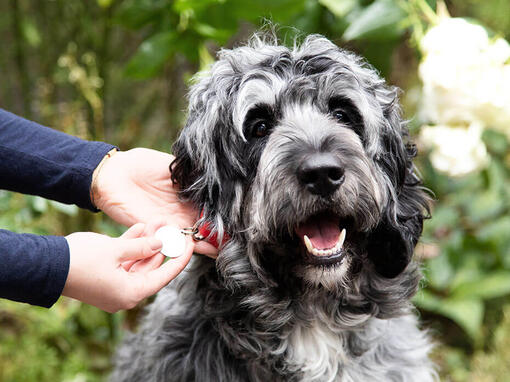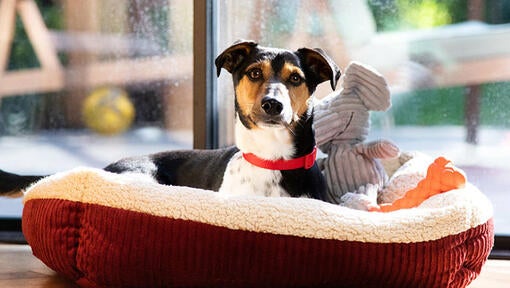History and Origins
Country of Origin: Germany
The Standard Poodle is the oldest of the three Poodle sizes and the original, but their exact origins are unknown. Some say they originated in France but it is far more likely that they come from Germany. Their ancestors were the old water dogs of Europe who were famous for their intelligence and skill, and we do know that despite their glamourous appearance, the Poodles original function was as a hard-working water retrieving gundog, and they are still more than capable of doing a day’s work, with some retaining more hunting instinct than others.





